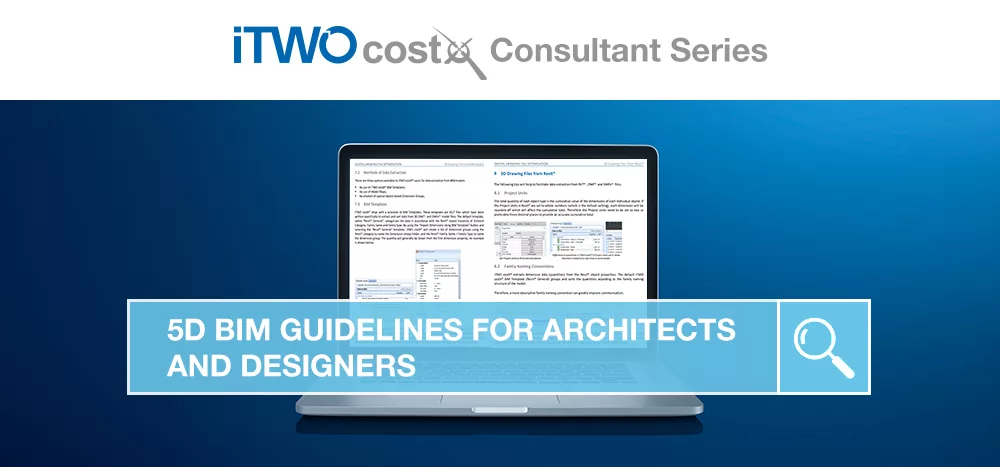24 mins read
Business Intelligence In Construction

The pace of change and development of data and information technology today, is astonishing. The sheer amount of data available can be mesmerizing and, if not managed, thoroughly confusing or even counterproductive. Thus, was born ‘Business Intelligence‘, a process that collates, analyses and interprets this data so it makes sense and lets you know what is really going on within your organisation. This article intends to give some help and guidance in how to leverage Business Intelligence in construction.
The component parts of Business Intelligence
In creating business intelligence, we need to understand what data needs to be collated, how it is collected and what to do with it once it has been pulled together. Let’s start with the ‘what’ question and follow the logical steps to creating meaningful business intelligence.
The first type of data we need to pull together is the raw ingredients or ‘Source Data’. This data is pulled from various locations and systems within your organisation and is often transactional information such as dates and times of specific actions or occurrences. This might include accounts data, payments in or out or even schedule information from diaries or project management systems (in an ideal world, this would be pulled from a state-of-the-art construction ERP system that has access to every possible department, location or element of your projects). Additional information supporting the internal data can be extracted from sources outside of your organisation such as the news, current affairs, social media or government information reports.
Now we are dealing with masses of data from various different sources and locations which needs to be prepared and packaged. Importantly, for this data to be used as a whole, it will need to be converted to the same format so it effectively speaks the same language and can be transformed into a single data base.
Once the data has been effectively packaged, it needs to be modelled. That is to say, it needs to be funneled in an effective flow that understands the relationship between each type and form of data. By effectively understanding how the data relationships work, the model can analyze it effectively and report on all the impacted processes.
Once the data model has been applied, the magic of Business Intelligence is in the presentation of the results. These generally use visual formats that are easily understood such as graphs, charts and scorecards (although there is no theoretical restriction on what can be used).
Using Business Intelligence
The main purpose of Business intelligence is to help in making agile and effective business decisions based on up to date and accurate information. That being said, in the construction industry, focusing on Business Intelligence that actually matters is key. When looking at the available dashboards and reports that are made available, ask your software partners to clarify exactly where the visuals are being driven from (how the data model is creating the finished reports) and how that can be used to drive enhancements or improvements in operations. You should be looking for function over form (real and genuine tools for your business rather than just bright and colorful flashing lights).
Understanding the peculiarities and specific requirements of construction will help ensure you are getting the right business intelligence that will ultimately drive up your bottom line and protect your margins.
Most Recent
24 mins read
14 mins read
15 mins read
25 mins read

E-BOOK











